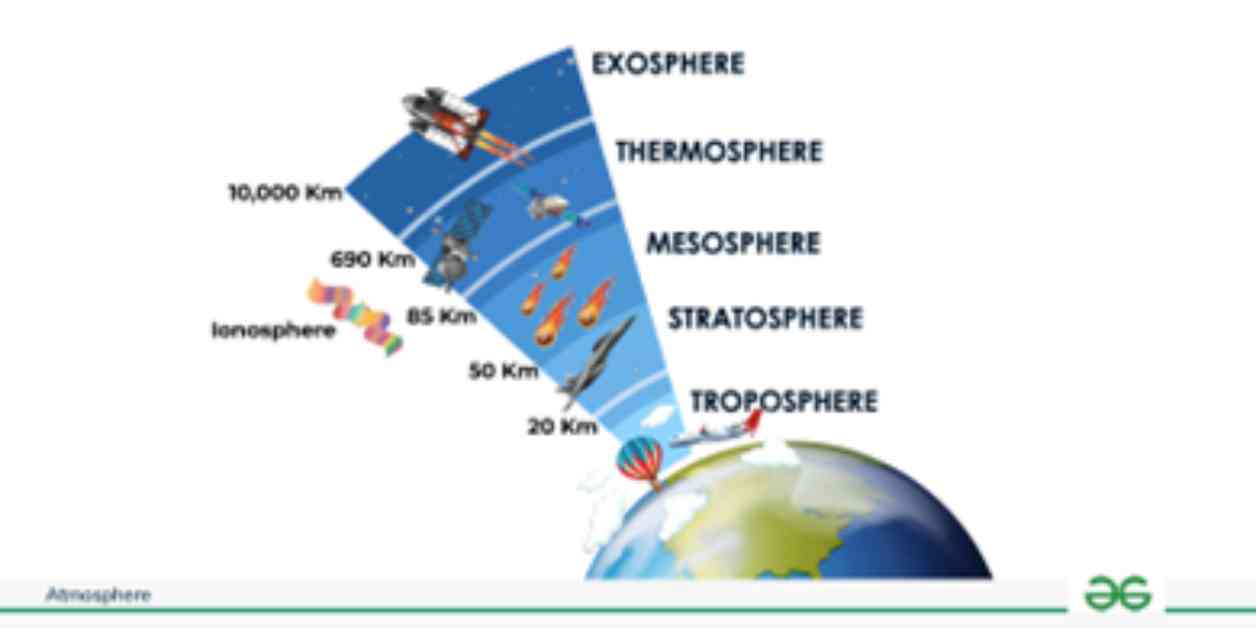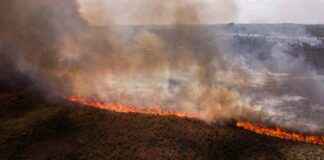Understanding Atmospheric Chemistry: A Closer Look at Climate Change and Air Quality
In a world where climate change and air quality are at the forefront of global discussions, understanding the role of atmospheric chemistry is crucial. The atmosphere, composed of various gases like nitrogen, oxygen, carbon dioxide, and argon, plays a vital role in protecting us from harmful UV radiation and regulating essential processes like the water cycle and temperature.
The Importance of the Atmosphere
The atmosphere consists of different layers – troposphere, stratosphere, mesosphere, thermosphere, and exosphere, each with unique characteristics and functions. The troposphere, extending up to 12 kilometers high, contains 75% of the entire atmosphere and is essential for human survival. The stratosphere, with the ozone layer that shields us from UV radiation, is crucial for maintaining a healthy environment. The mesosphere, the coldest layer, and the thermosphere, the hottest layer, also play significant roles in protecting our planet.
Water Vapor and Climate Change
The cycling of water vapor among ice, liquid, and vapor shapes our climate by delivering rain and snow. As temperatures rise due to climate change, increased evaporation leads to higher water vapor in the atmosphere, creating a positive feedback loop that affects our planet’s temperature. While water vapor traps heat as a greenhouse gas, it typically stays in the atmosphere for only a few days before returning to Earth as precipitation.
The Impact of Atmospheric Chemistry
Atmospheric reactions, such as those involving ozone depletion and the formation of the ozone hole, highlight the delicate balance of our atmosphere. The use of chlorofluorocarbons (CFCs) in refrigerants and aerosol cans has led to significant damage to the ozone layer, resulting in global efforts like the Montreal Protocol to reduce CFC emissions and phase them out entirely by the 21st century. Understanding these reactions is essential in addressing the environmental challenges we face today.
As we navigate the complexities of atmospheric chemistry and its impact on climate change and air quality, it becomes clear that our actions have far-reaching consequences. From the ozone hole to smog formation, the interactions between various gases and pollutants in the atmosphere shape our environment in profound ways. By gaining a deeper understanding of atmospheric chemistry, we can work towards a more sustainable future for generations to come.














